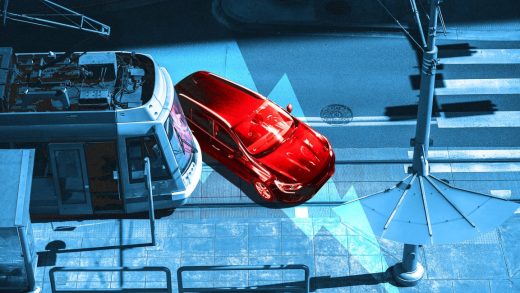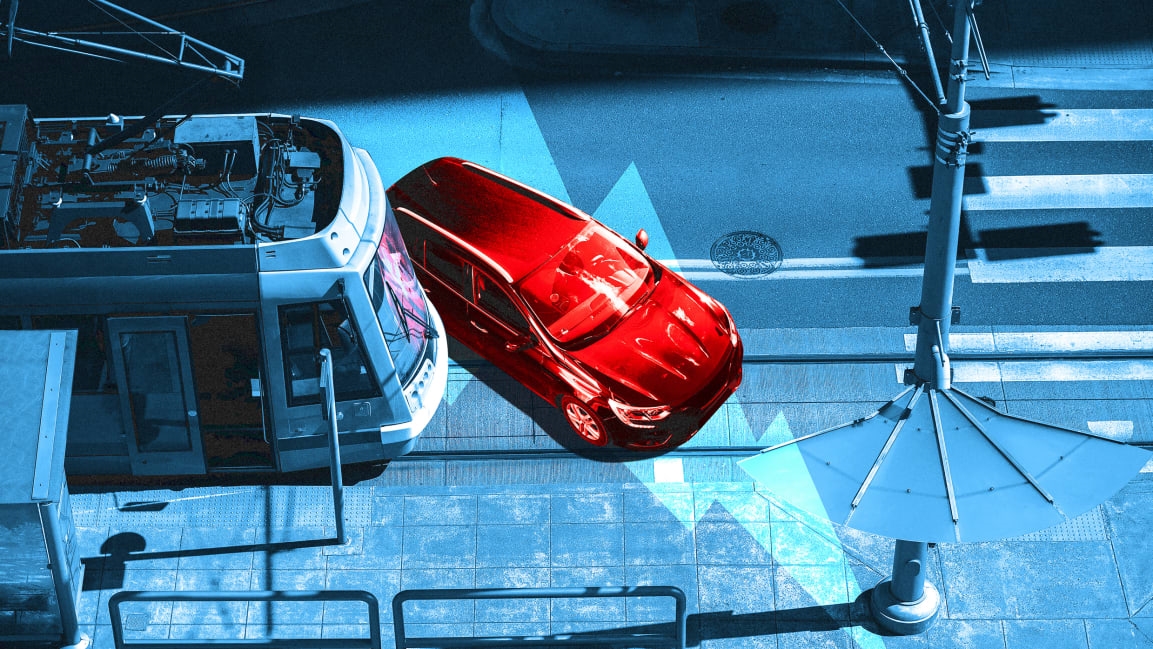Cities need electric vehicles—and also walkable neighborhoods, more transit, and redesigned streets
Car companies are finally committing to transforming their fleets to electric vehicles, and the shift is happening faster than some analysts predicted. (In about four years, by one recent projection, more than half of all light vehicles sold may be electric.) But EVs aren’t a complete solution. In cities, where transportation is one of the largest and fastest-growing sources of emissions, a new report calculates how much a massive shift to EVs can cut those emissions. Just switching vehicles won’t be enough to curb that rise.
Electrification is “absolutely a huge part of the solution,” says Heather Thompson, CEO of the nonprofit Institute for Transportation Development Policy, which partnered with the University of California Davis on the report. “But it doesn’t get us to our 1.5-degree target.” For the world to avoid the worst impacts of climate change, the report found, cities will have to simultaneously move quickly to electric vehicles and also transform so that it’s much easier to walk, bike, and take public transportation.
Greenhouse gas emissions from urban passenger transportation need to drop by 53 billion metric tons between 2020 and 2050, at the same time that cities around the world are quickly growing and more people can afford cars. In Africa and the Middle East, for example, the number of private cars may quintuple by 2050 to more than 224 million, many more than are in American cities today. If cities move aggressively to transition to electric cars, urban-transport emissions would drop by around 44 billion metric tons, the report says—a huge number, but not enough to meet climate goals. Moving quickly to shift people from cars to walking and public transit also isn’t enough on its own, with the potential to cut emissions by 33 billion metric tons. Only by combining both approaches is it possible to cut emissions in line with climate science.
If an electric car runs on clean electricity, driving across the city won’t add to emissions. But the impact goes further than the lack of pollution at the tailpipe. “There’s a lot of embedded energy in the production of cars,” says Thompson, “and in the production of roads, in the building of highways, and the grid itself.”
Cars obviously also come with other problems. In the U.S., cars kill as many people each year as guns. Globally, more than a million people are killed in car crashes annually. Roads and parking lots take up space that could otherwise be used for housing or parks. If you drive to work, you probably spend dozens of hours stuck in traffic each year. And because cars are expensive, car-dependent cities are less equitable, making it harder for low-income people to access jobs and other opportunities. Improving buses and sidewalks and bike paths is fairer for everyone (with the added bonus of making people healthier). If fewer electric cars are needed, it also helps reduce the huge amount of additional clean energy that will be needed to charge them.
“We have to continue to try and minimize the number of vehicles on the road, and then electrify what’s left,” Thompson says. “We can’t just assume that we can keep on growing our cities and increase the number of vehicles on the road, and we’re going to plug [EVs] in and everything’s gonna be great. We still need to focus on some of these more fundamental solutions.”
Governments can use several policies to make the changes happen, from incentives for electric vehicles and new charging infrastructure to incentives for compact, mixed-use new development near public transportation and new investments in dedicated bus lanes, separated bike lanes, and low-emissions or car-free zones in central neighborhoods.
Several cities are already making major changes, from Oslo, where the city turned downtown parking spots into bike lanes, to Jakarta, where the city is investing heavily in electric buses, adding bike lanes and better sidewalks, and changing land-use rules to have more density so people don’t have to travel as far to work. Mexico City, another sprawling city, is also investing in its bus fleets and cycling and pedestrian infrastructure. “It’s something that even the most car-centric cities can do,” Thompson says.
Fast Company , Read Full Story
(25)



